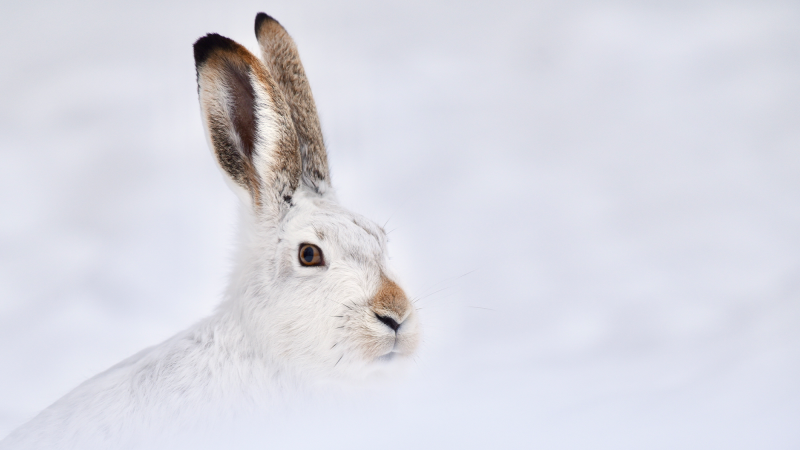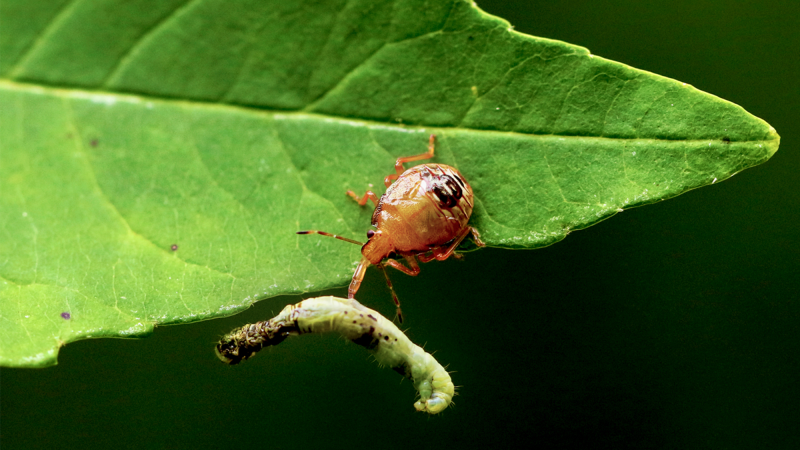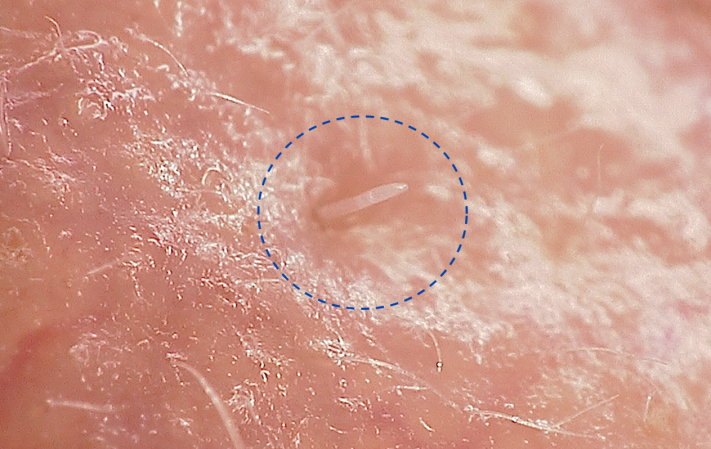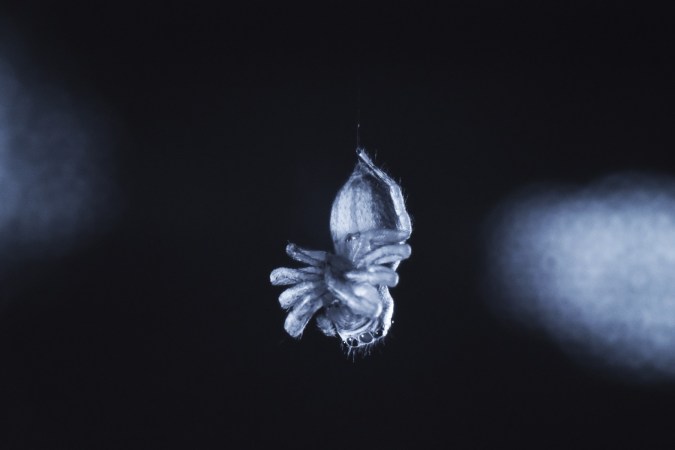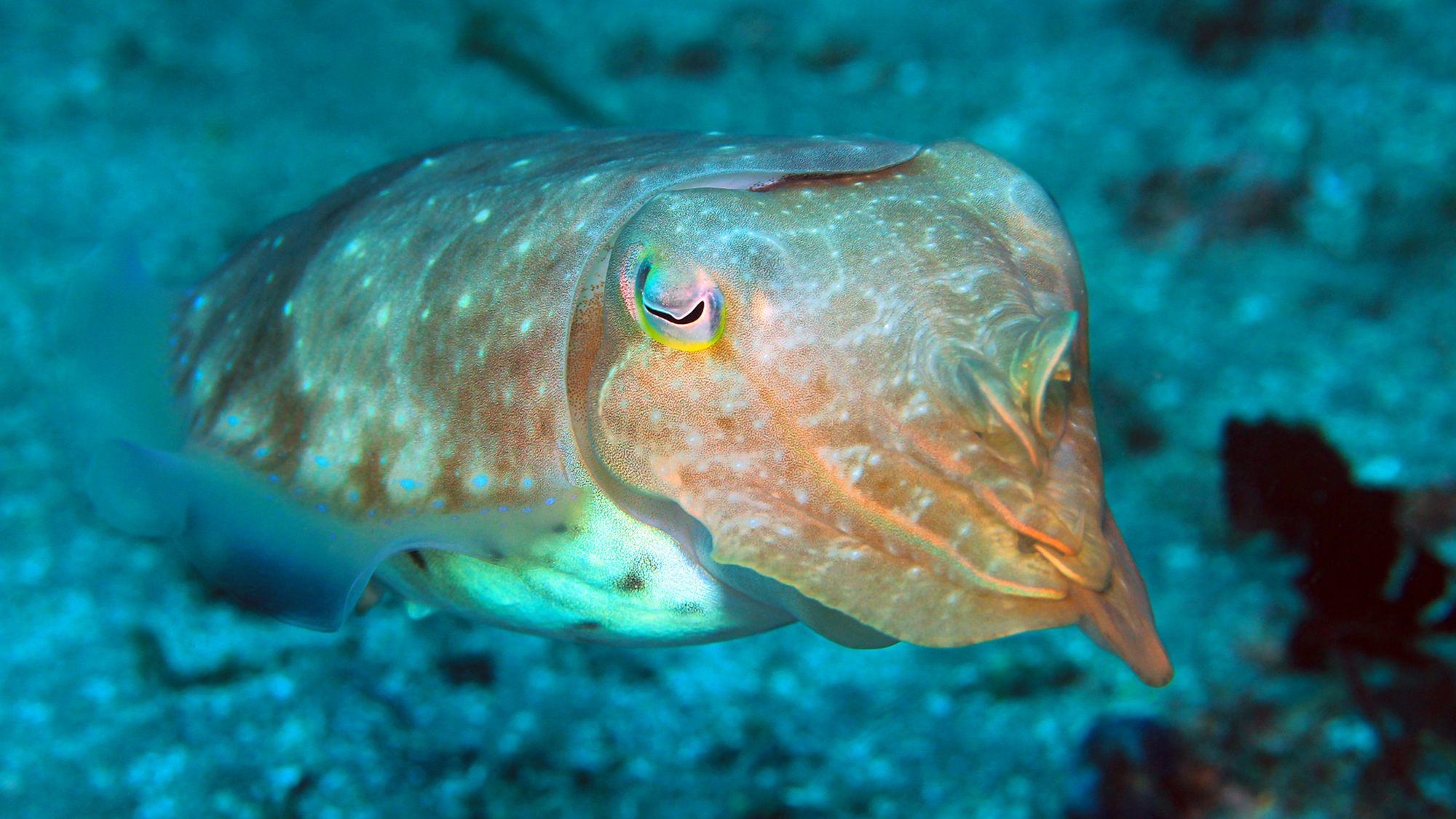

This article was originally featured on Hakai Magazine, an online publication about science and society in coastal ecosystems. Read more stories like this at hakaimagazine.com.
A person might wear their heart on their sleeve, but cuttlefish seem to wear their thoughts right on their skin.
Horst Obenhaus, a neuroscientist working with the Marine Biological Laboratory in Woods Hole, Massachusetts, is studying how these unusual creatures communicate with color. In particular, he and his team now think the unique patterns cuttlefish show on their skin while they sleep might be a colorful reflection of their inner thoughts—and, maybe, even of their dreams.
Cuttlefish are cephalopods—cousins of octopuses and squid. They’re clever animals with complex brains. Previous research has shown cuttlefish have decent short- and long-term memory and are social animals that can learn from past experiences. Cuttlefish have passed the marshmallow test, a commonly used psychological gauge of self-restraint and long-term planning. And they even experience something that looks like REM sleep, or rapid eye movement sleep. This is the phase of sleep during which humans dream. Sleeping cuttlefish have been seen moving their eyes rapidly, twitching, and altering the patterns on their skin, suggesting they might be experiencing something similar.
Even in people, sleep is a mysterious process. Scientists aren’t entirely sure why we do it. But one explanation is that sleep helps convert daily experiences into long-term memories, reactivating experiences we had while awake so that brain structures like the cortex can extract useful information. This, scientists think, helps us consolidate experiences and learn new skills.
So, Obenhaus wondered: are cuttlefish doing the same thing?
“Wouldn’t it be cool if we could pinpoint whether these animals reactivate experiences they’ve had during the day while they’re asleep?” he says.
Like other color-changing animals, including chameleons and some fish, cuttlefish change their hues using cells in their skin called chromatophores—“little sacs of pigment, surrounded by muscles,” says Sarah McAnulty, a squid biologist and founder of Skype a Scientist who was not involved with the research. A cuttlefish can flex these muscles to open the chromatophore, revealing the color inside.
Many other color-changing animals automatically change hue in response to changes in their environment or to their hormones. Cuttlefish, however, have incredible control over the color and patterning of their skin. A cuttlefish’s chromatophores are directly wired to the animal’s brain, McAnulty says. “So, they are changing color as quickly as they can think about it.”
In a way, this gives us a direct line to their inner worlds, says Obenhaus. “You just have to watch the skin and learn about what the brain does.”
To find out what cuttlefish’s dozing displays actually mean—if anything—Obenhaus’s team put pairs of dwarf cuttlefish together in tanks and then filmed them for several weeks. The scientists were looking to see if the cuttlefish’s slumbering skin patterns reflected their previous social encounters, similar to how people might revisit their social encounters in dreams.
So far, Obenhaus says, the team’s initial experiment found that while cuttlefish do show patterns on their skin as they’re sleeping, they don’t directly match the colorations the animals made when they were awake. However, some of the sleep-induced patterns did appear to be partial, more abstract versions of those the cuttlefish made during social interactions.
The question, says Obenhaus, is whether they can confirm an alignment between these strange patterns that occur during sleep and those that occur when the cuttlefish are awake.
That there’s any similarity at all between what cuttlefish and people do when they’re asleep, though, shouldn’t be taken for granted.
“Cephalopods diverged from us so long ago,” McAnulty says. “It’s really interesting to observe that other path of evolution that’s been moving alongside us but independently of us.”
This article first appeared in Hakai Magazine and is republished here with permission.








